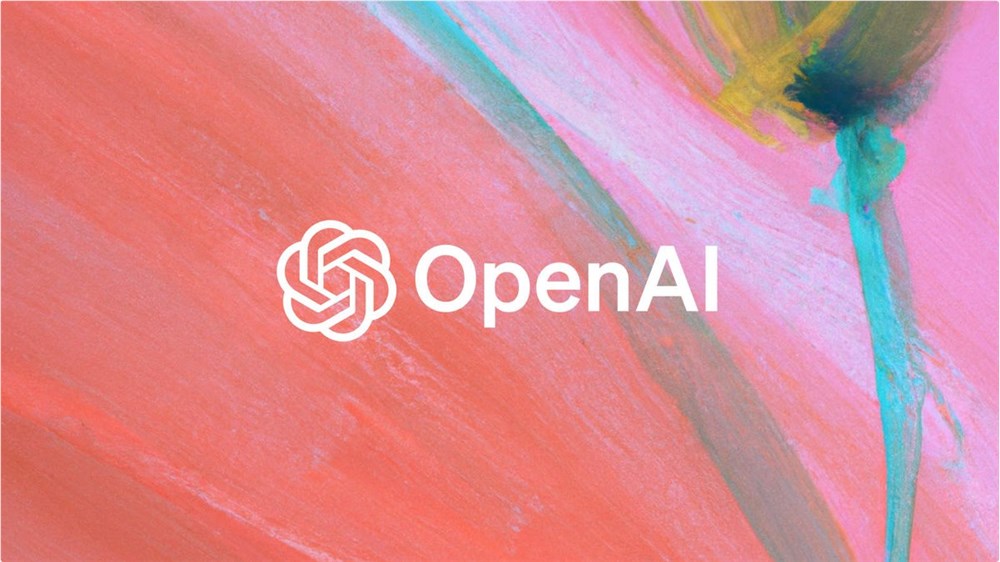Recently, The Wall Street Journal reported that artificial intelligence company OpenAI has developed a tool capable of accurately identifying text generated by ChatGPT, although it has not been officially released. In response, OpenAI acknowledged that they are indeed researching text watermarking technology but stated that the technology still faces numerous challenges.
It is understood that OpenAI plans to focus on detecting text from ChatGPT using watermarking technology, rather than content generated by other company models. This technology will make subtle adjustments to the way ChatGPT selects words, creating an invisible "watermark" in the text that can later be detected by specialized tools.

OpenAI stated that text watermarking is just one of the multiple solutions they are exploring, which also include classifiers and metadata, aimed at determining the source of the text. Although the watermarking technology performs well in some scenarios, its effectiveness decreases when faced with tampering such as translation, rewriting, or insertion of special characters. Additionally, the technology may disproportionately affect specific groups such as non-native English speakers.
Given the above complexities and their potential impact on the entire ecosystem, OpenAI said it will cautiously advance research on text provenance technology and prioritize the development of certification tools for audio-visual content.
This decision has sparked widespread discussions in the industry about the identification and management of AI-generated content. As AI technology advances rapidly, finding a balance between protecting innovation and mitigating risks has become a focal point of attention for all parties involved.









